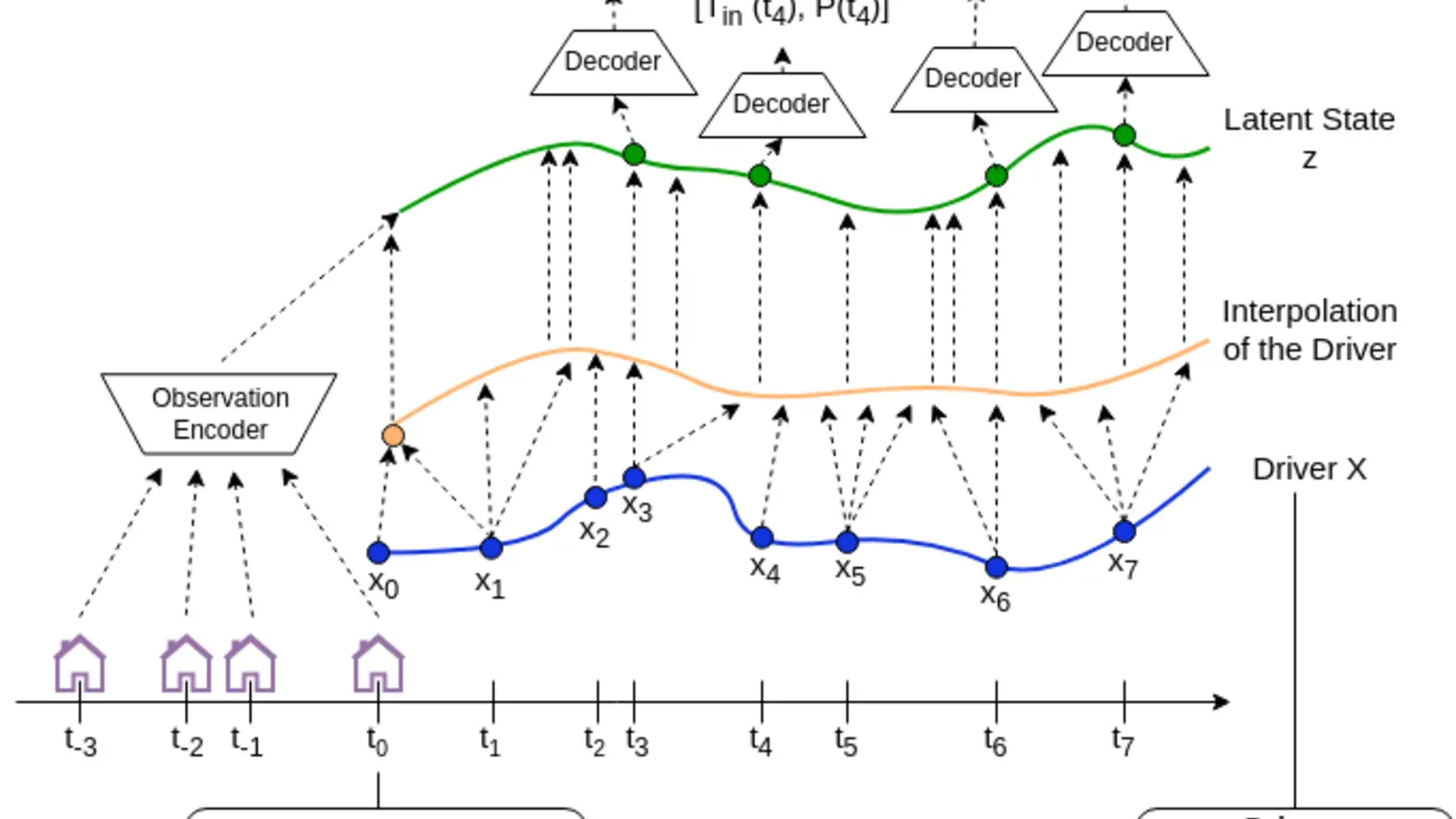
Vincent Taboga
Biographie
Je suis postdoctorant à Mila, où je travaille sur l'apprentissage par renforcement et le contrôle optimal appliqués à des problèmes concrets. Je m'intéresse particulièrement au contrôle optimal des systèmes énergétiques afin de réduire les impacts du changement climatique. Auparavant, j’ai réalisé mon doctorat à Polytechnique et Mila sur l'optimisation des systèmes de chauffage et de refroidissement dans les bâtiments.
Quand je ne réfléchis pas aux systèmes de chauffage, je suis passionné par le sport. Après avoir pratiqué la natation en compétition pendant de nombreuses années, je me suis tourné vers l'escalade il y a quelques années. J'adore également préparer des pizzas.



